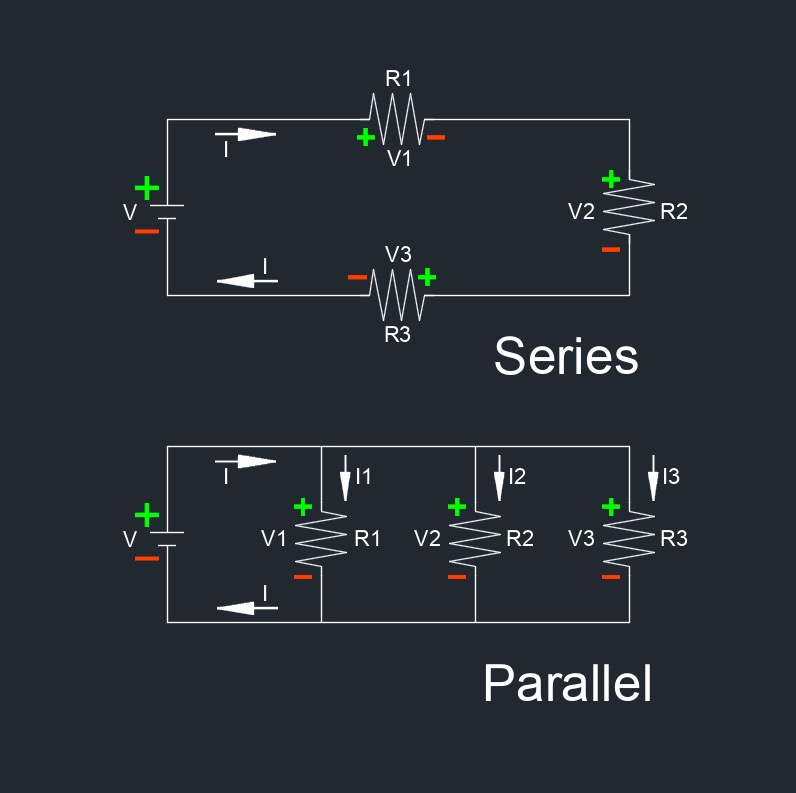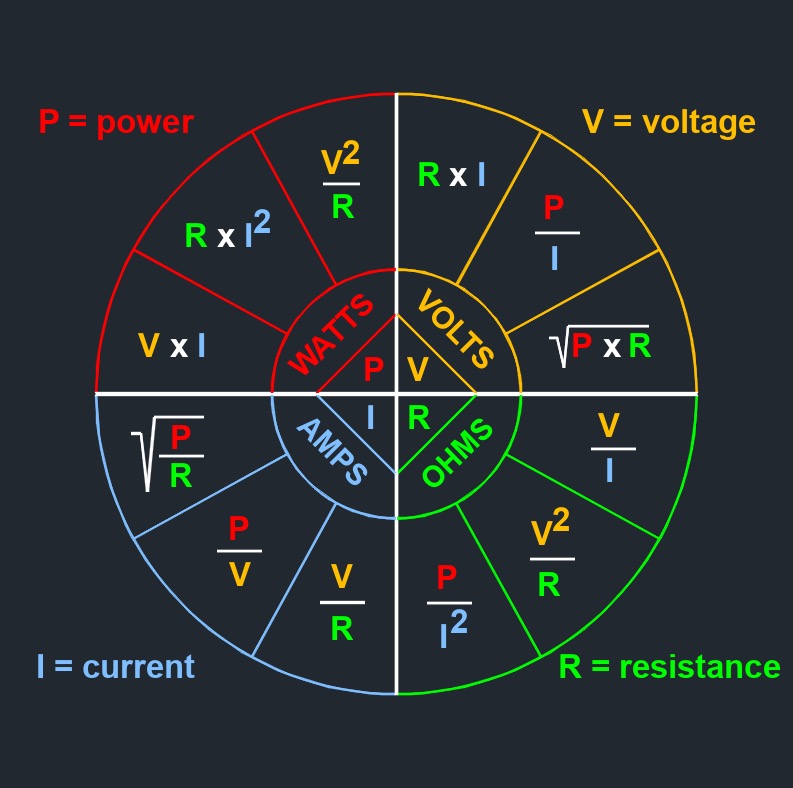Resistor

 Resistor is a passive two terminal electrical component that limits the flow of electric current. It's designed to have a specific resistance value, measured in ohms. Resistors are widely used in electronic circuits for various purposes, such as voltage division, current limiting, signal conditioning, and impedance matching. Physically, resistors can come in various shapes and sizes, but the most common type is a small cylindrical component with two leads protruding from either end. Resistors can be made from different materials, such as carbon composition, metal film, or metal oxide, which affect their performance characteristics such as tolerance, temperature coefficient, and power handling capability.
Resistor is a passive two terminal electrical component that limits the flow of electric current. It's designed to have a specific resistance value, measured in ohms. Resistors are widely used in electronic circuits for various purposes, such as voltage division, current limiting, signal conditioning, and impedance matching. Physically, resistors can come in various shapes and sizes, but the most common type is a small cylindrical component with two leads protruding from either end. Resistors can be made from different materials, such as carbon composition, metal film, or metal oxide, which affect their performance characteristics such as tolerance, temperature coefficient, and power handling capability.
Resistors Index
Resistors are characterized by their electric resistance value, tolerance, power rating, and temperature coefficient. Resistance value determines how much the resistor impedes the flow of current, tolerance specifies the allowed deviation from the nominal resistance value, power rating indicates how much power the resistor can dissipate without damage, and temperature coefficient describes how the resistance changes with temperature.
How Resistors Work
Resistor by Shape and Material formulaThe resistance of an object depends on its shape and the material of which it is composed. |
||
|
\(R \;=\; \rho \; ( L \;/\; A_c ) \) (Resistor) \( \rho \;=\; R \; ( A_c \;/\; L ) \) \( L \;=\; R \; A_c \;/\; \rho \) \( A_c \;=\; L \; \rho \;/\; R \) |
||
| Symbol | English | Metric |
| \(R\) = resistance | \(\Omega\) | \(kg-m^2\;/\;s^3-A^2\) |
| \( \rho \) (Greek symbol rho) = resistivity | - | \(ohm-m\) |
| \( L \) = length of the uniform cylinder | \(in\) | \(mm\) |
| \( A_c \) = area cross-section | \(in^2\) | \(mm^2\) |
Resister Types
Resistors are passive two-terminal electrical components that resist the flow of electrical current. They come in various types, each with specific characteristics suited for different applications. These are some of the most common types of resistors, each offering different characteristics suited for various applications in electronics and electrical engineering.
- Carbon Composition Resistor - These are the oldest and most basic type of resistors. They are made of a solid cylindrical resistive element composed of carbon particles mixed with a non-conductive ceramic binder. Carbon composition resistors are inexpensive but have relatively poor tolerance and stability compared to other types.
- Carbon Film Resistor - Similar to carbon composition resistors, carbon film resistors have a resistive element made of carbon, but the carbon film is deposited onto a ceramic rod or substrate. They offer better tolerance, stability, and lower noise compared to carbon composition resistors.
- Metal Film Resistor - Metal film resistors have a resistive element made of metal, usually nickel-chromium (Nichrome), deposited onto a ceramic substrate. They offer better tolerance, stability, and lower noise compared to carbon film resistors. Metal film resistors are widely used in precision applications.
- Metal Oxide Film Resistor - These resistors use a metal oxide film as the resistive element. They offer even better stability and tolerance compared to metal film resistors. Metal oxide film resistors are commonly used in high voltage and high power applications.
- Wirewound Resistor - Wirewound resistors have a resistive element made of a metal wire, such as nickel-chromium (Nichrome), wound around a ceramic core. They can handle higher power levels and have better temperature stability compared to film resistors. Wirewound resistors are often used in high-power applications and precision measurement equipment.
- Thick Film Resistor - Thick film resistors are made by depositing a resistive paste onto a ceramic substrate and then firing it to create the resistive element. They are cost effective and widely used in various electronic devices, including surface mount technology applications.
- Thin Film Resistor - Thin film resistors are made by depositing a very thin layer of resistive material onto a ceramic substrate. They offer excellent stability, precision, and low noise, making them suitable for high-performance applications such as precision instrumentation and medical devices.
- Variable Resistor (Potentiometers and Rheostat) - Variable resistors allow for adjustment of resistance within a certain range. Potentiometers are three-terminal devices used to vary voltage, while rheostats are two-terminal devices used to vary current. They are commonly used for volume controls, dimmer switches, and other applications requiring variable resistance.

Tags: Electrical

